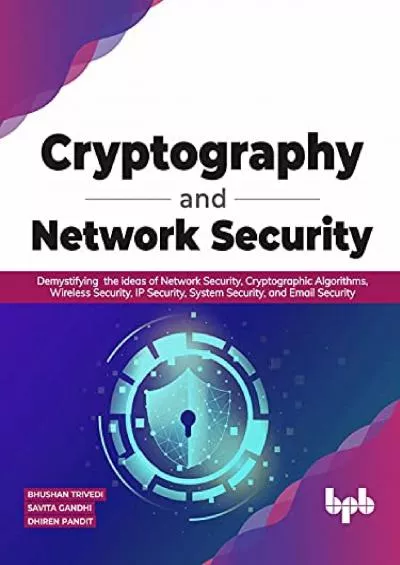PPT-CCNA Security v2.0 Chapter 5:
Author : celsa-spraggs | Published Date : 2019-11-25
CCNA Security v20 Chapter 5 Implementing Intrusion Prevention Chapter Outline 5 0 Introduction 5 1 IPS Technologies 5 2 IPS Signatures 5 3 Implement IPS 5 4 Summary
Presentation Embed Code
Download Presentation
Download Presentation The PPT/PDF document "CCNA Security v2.0 Chapter 5:" is the property of its rightful owner. Permission is granted to download and print the materials on this website for personal, non-commercial use only, and to display it on your personal computer provided you do not modify the materials and that you retain all copyright notices contained in the materials. By downloading content from our website, you accept the terms of this agreement.
CCNA Security v2.0 Chapter 5:: Transcript
Download Rules Of Document
"CCNA Security v2.0 Chapter 5:"The content belongs to its owner. You may download and print it for personal use, without modification, and keep all copyright notices. By downloading, you agree to these terms.
Related Documents





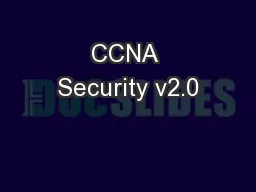
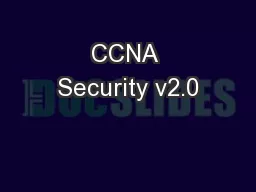

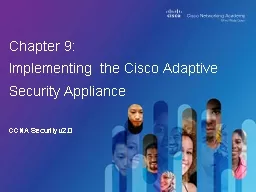


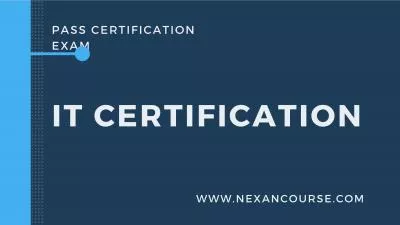
![[eBOOK]-CCNA: Guía para principiantes 3 en 1+ Consejos para realizar el examen+ Estrategias](https://thumbs.docslides.com/985425/ebook-ccna-gu-a-para-principiantes-3-en-1-consejos-para-realizar-el-examen-estrategias-sencillas-y-eficaces-para-aprender-sobre-la-certificaci-n-ccna-routing-and-switching-spanish-edition.jpg)
![[DOWLOAD]-CCNA Routing and Switching Portable Command Guide (ICND1 100-105, ICND2 200-105,](https://thumbs.docslides.com/985893/dowload-ccna-routing-and-switching-portable-command-guide-icnd1-100-105-icnd2-200-105-and-ccna-200-125.jpg)
